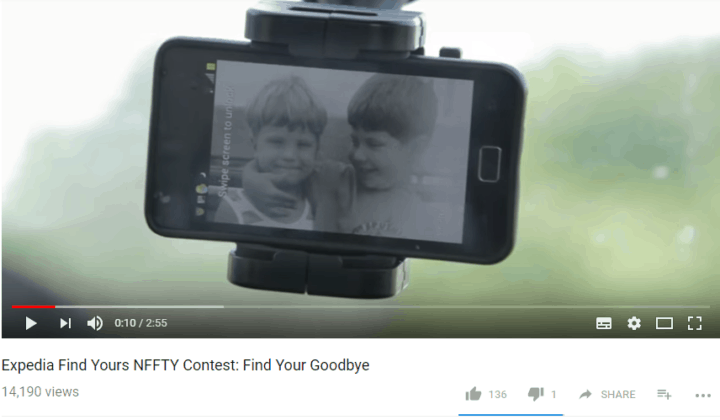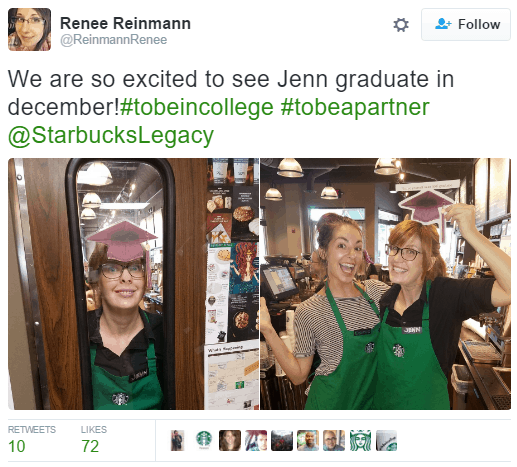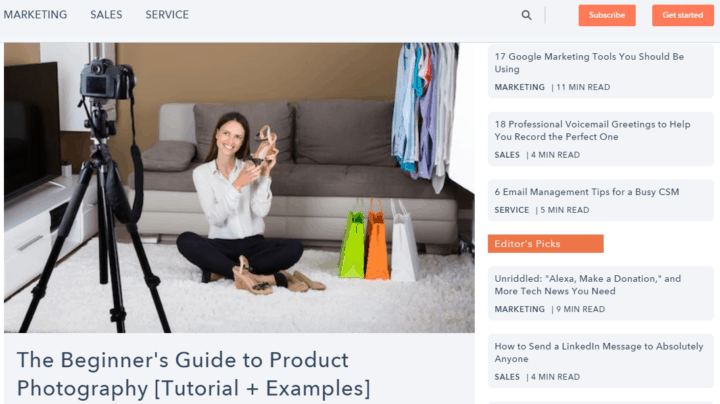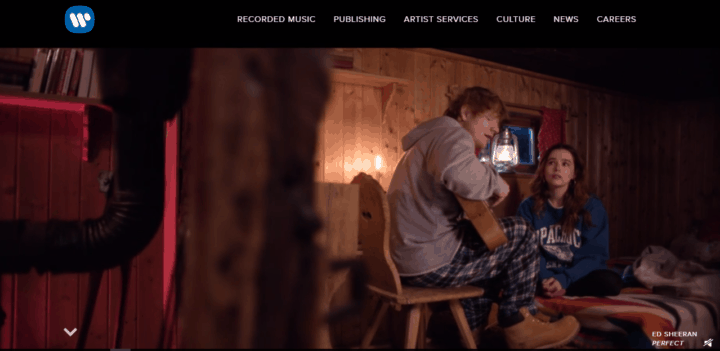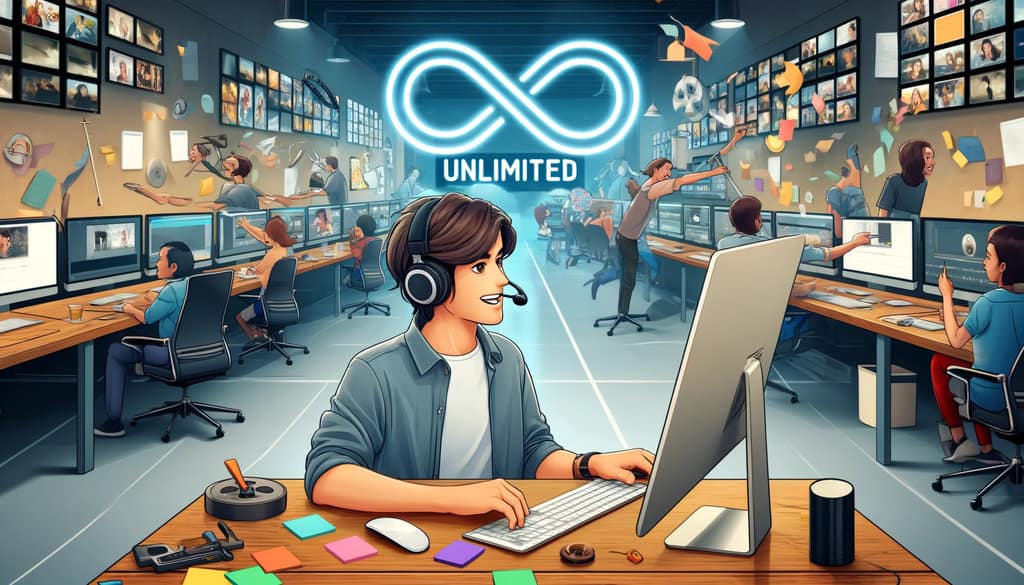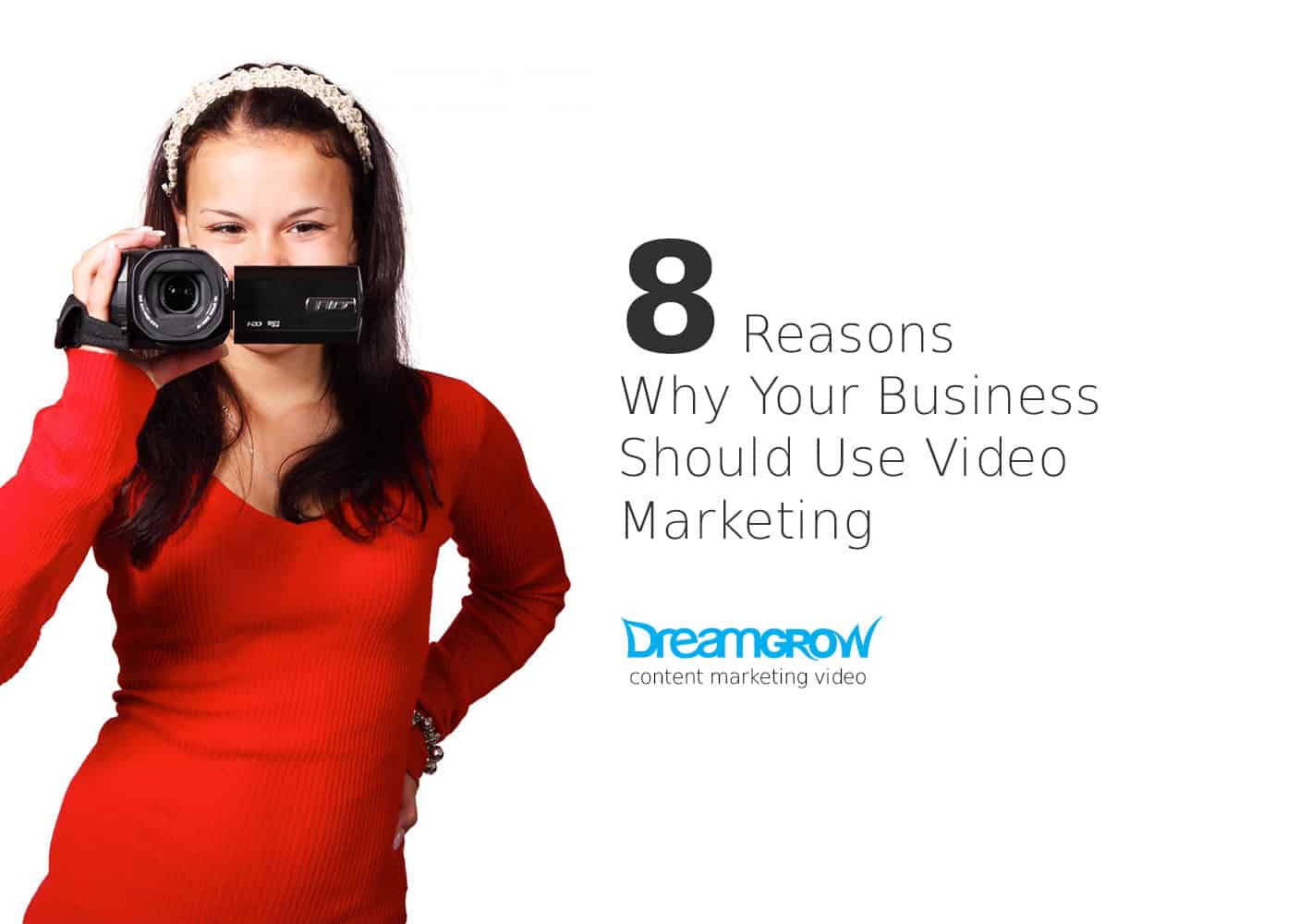Big brands are diving into content marketing. They’re clunky beasts with colossal budgets. But more budget doesn’t mean more success. Some attempts are quite simply, pants. Others are incredible. So what can big brands teach us about content marketing? Here are seven lessons we can learn.
1. Use the element of surprise – GE
GE is well-known for its creative and successful content marketing, which the brand implements across different media. The century-old brand is surprisingly open-minded to new culture and trends, as it openly exhibits through its content. Consider GE’s stint with science-fiction comic books or podcast miniseries, for instance.
In 2015, GE partnered with Wattpad to envision comics for today’s generation. The titles included the likes of “Our place in space” and “Adventures in electricity.” Shortly after, GE also ran a podcast miniseries called “The message,” which topped iTunes charts. At no point does GE attempt to sell products using their content marketing tactics, but the branded content always ends up making a mark of its target audience, subtly and quietly.
Takeaway tip: Surprise your audience with fresh and exciting forms of content.
Avoid talking about yourself – GE – Ecomagination

GE has launched a site called ecomagination. It’s a thought-leadership blog for green living and green technology. It has 95,000 likes on Facebook, but most content struggles to get more than 10 likes. Their content appears to revolve too much around themselves. It’s more of a press release site than anything else.
They could do so much better if changed the style of articles. They could showcase awe-inspiring news. And then mention that they created the technology behind it. Your content needs to inspire your audience. Few people care about your company. Or your products. Your customers care about how you can solve their problems. Don’t make GE’s mistake.
2. Engage your community – Expedia
The best blogs don’t create posts to stay on schedule. They create experiences to engage their target audiences. Expedia’s blog is a good embodiment of this example. In the summer of 2012, Expedia launched a campaign that they called “Find yours,” to seek out people who had travel stories to share.
The result was the collection of photos, videos, and stories from regular people as they conveyed their travel experiences. The collection included the work of amateur filmmaker Joel McCarthy, a short film named “Find Your Goodbye,” in which Joel traveled to spread the ashes of his deceased brother. It’s content like this that is created by the community for the community that truly engages the community.
Takeaway tip: Take your blogging efforts to the next level by creating an experience on your blog.
3. Rally your employees – StarBucks
Employees can change the way you market on social media. They can help you increase reach, engagement, and influence of the content that you share. Take for instance the relationship that Starbucks has with its employees, or “Partners” as they like to call them. Starbucks has entire social media pages dedicated to employee-centric content, and the thousands of likes, shares, and comments that Starbucks gets on social media could well be the impact of employee involvement in social media marketing.
While you could run employee advocacy manually, it’s easier and more effective when run via an employee advocacy platform. The idea of using a platform is to make content sharing for you and your employees easy, and measurable.
Takeaway tip: Get employees involved in content sharing via fun employee advocacy programs.
4. Answer customers’ questions – HubSpot
One of the smartest ways to attract the right target audience is by anticipating their pain points and questions and answering them. Hubspot has been an excellent example of content marketing right from the beginning. The company has three separate blogs – sales, marketing, and service – to target three separate target groups. Each of the blogs consistently creates content super-focused on its dedicated niche.
If each of your blog posts specifically targets one important pain point, you can eventually build a steady stream of traffic attracted to the value that you’re providing. One of the easiest ways to identify new questions to answer is by searching discussion forums such as Quora using a content research tool such as Answer The Public.
Takeaway tip: Identify customers’ queries and pain-points and address them in your content.
5. Direct traffic back to your pages – Warner Music
When you work hard earning website traffic, it doesn’t make sense only to have visitors view your page and then leave. An important part of conversion optimization is learning how to redirect the traffic that lands on your pages. Warner Music implemented this tactic in one of the campaigns it ran about 2 years ago to promote an artist’s new single.
To promote the single, Warner Music built a microsite to host a contest. The contest allowed fans to vote for their favorite video of the band’s to see it displayed at the end of the voting period. Warner Music connected the microsite to the band’s YouTube video and displayed fans’ tweets on the microsite. The result was 4,000 votes on Twitter and 34,000 video views and 8,000 new YouTube subscribers.
Takeaway tip: Keep your hard-earned traffic within your loop of media properties, i.e., your blog, social media pages, and website.
6. Actually create or collate content – Pepsi – Pepsi Pulse
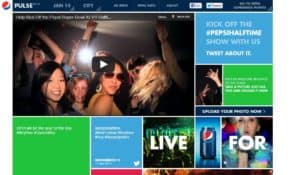
Your content can’t be vacuous. There’s got to be value somewhere. If it doesn't entertain, inform or “wow” people, your content marketing will just be another Pepsi.
7. Integrate your products into great content – General Mills – Tablespoon.com
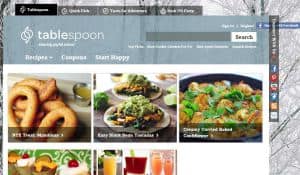
Don't copy everything blindly
Big brands have embraced content marketing, but they’re as prone to mistakes as the rest of us. If we can learn lessons from them, we’re better for it. Our content marketing can be insanely good and we can avoid expensive disasters.
Do you disagree with above? Have you seen any amazing or awful examples of big brands using content marketing? Comment below!


